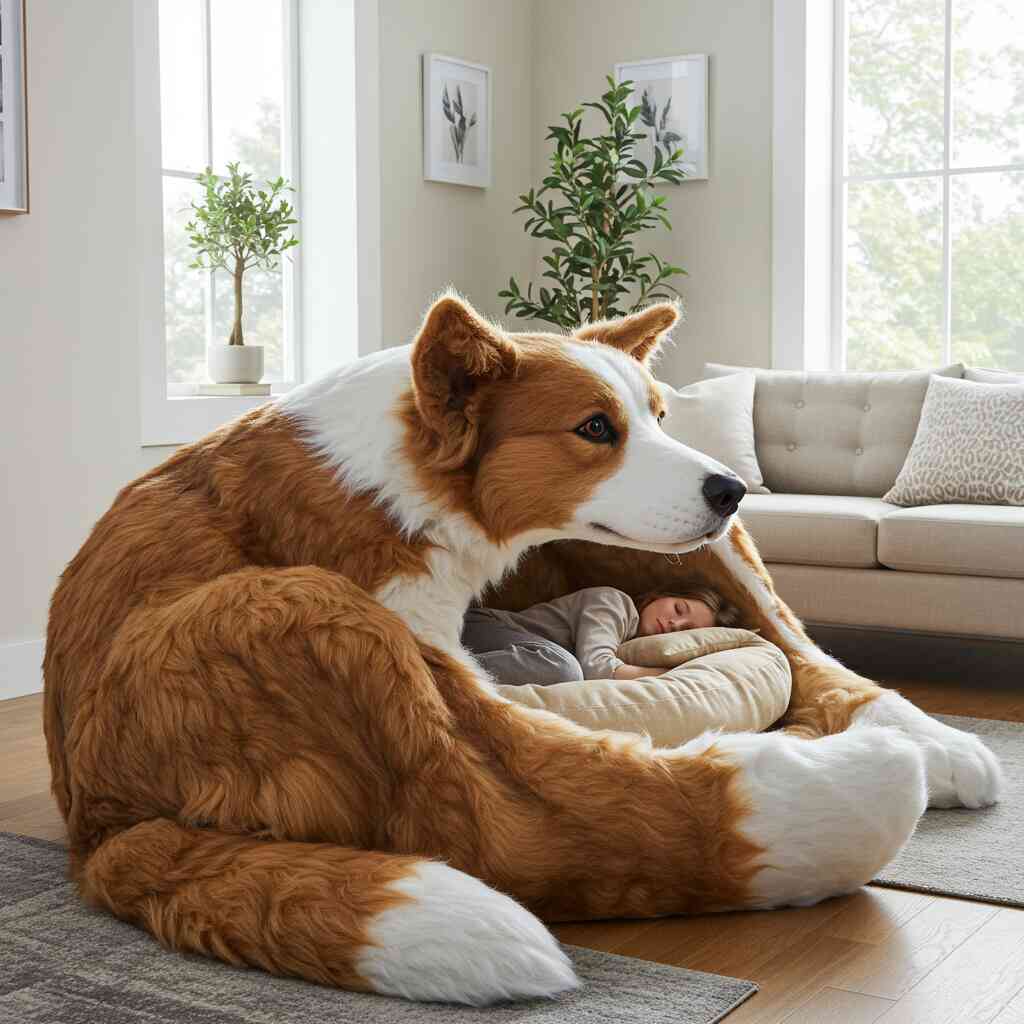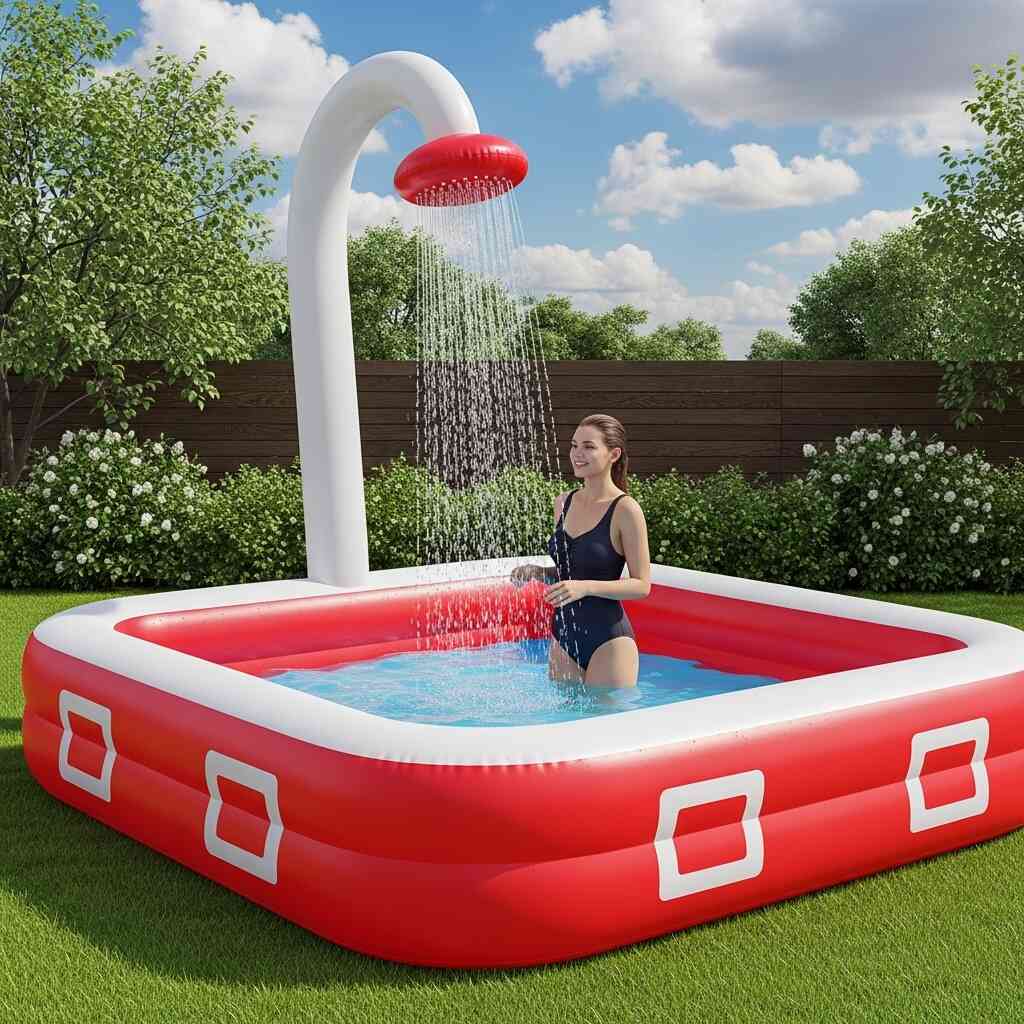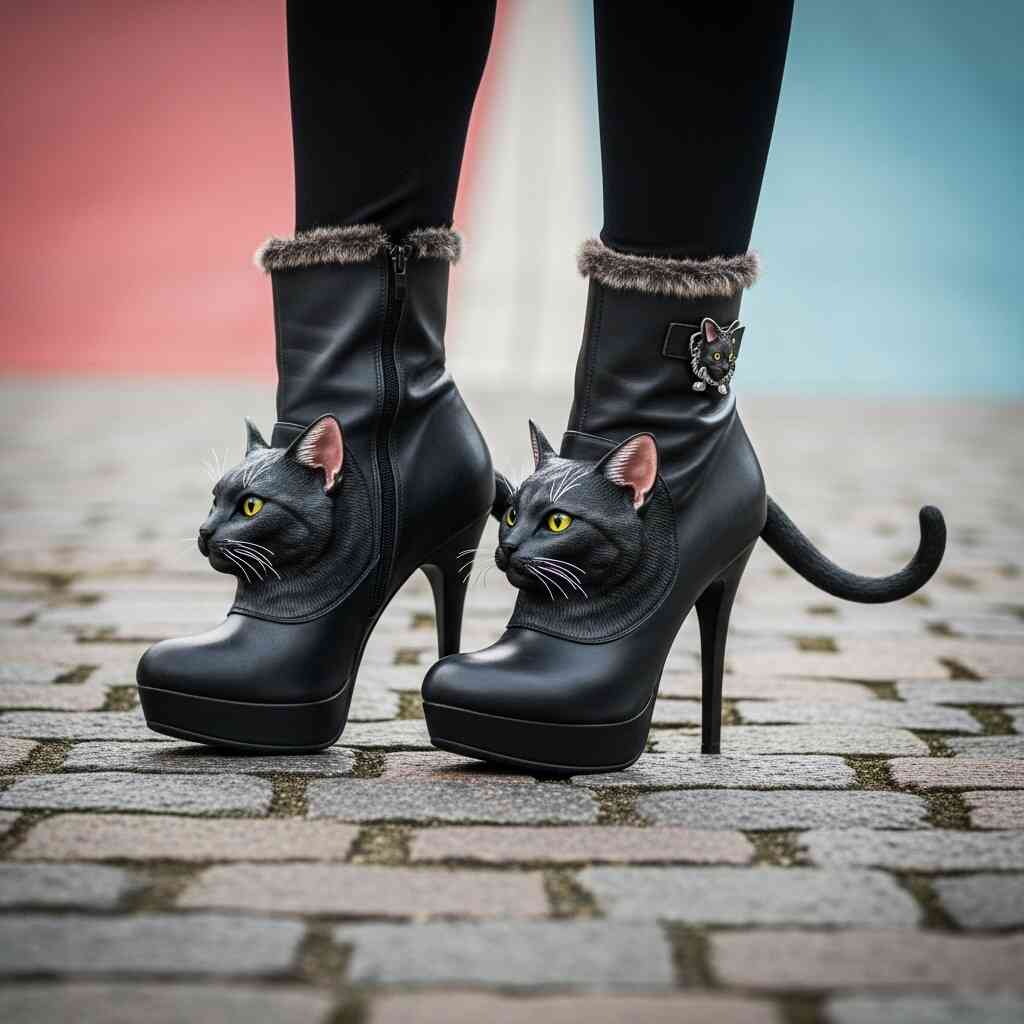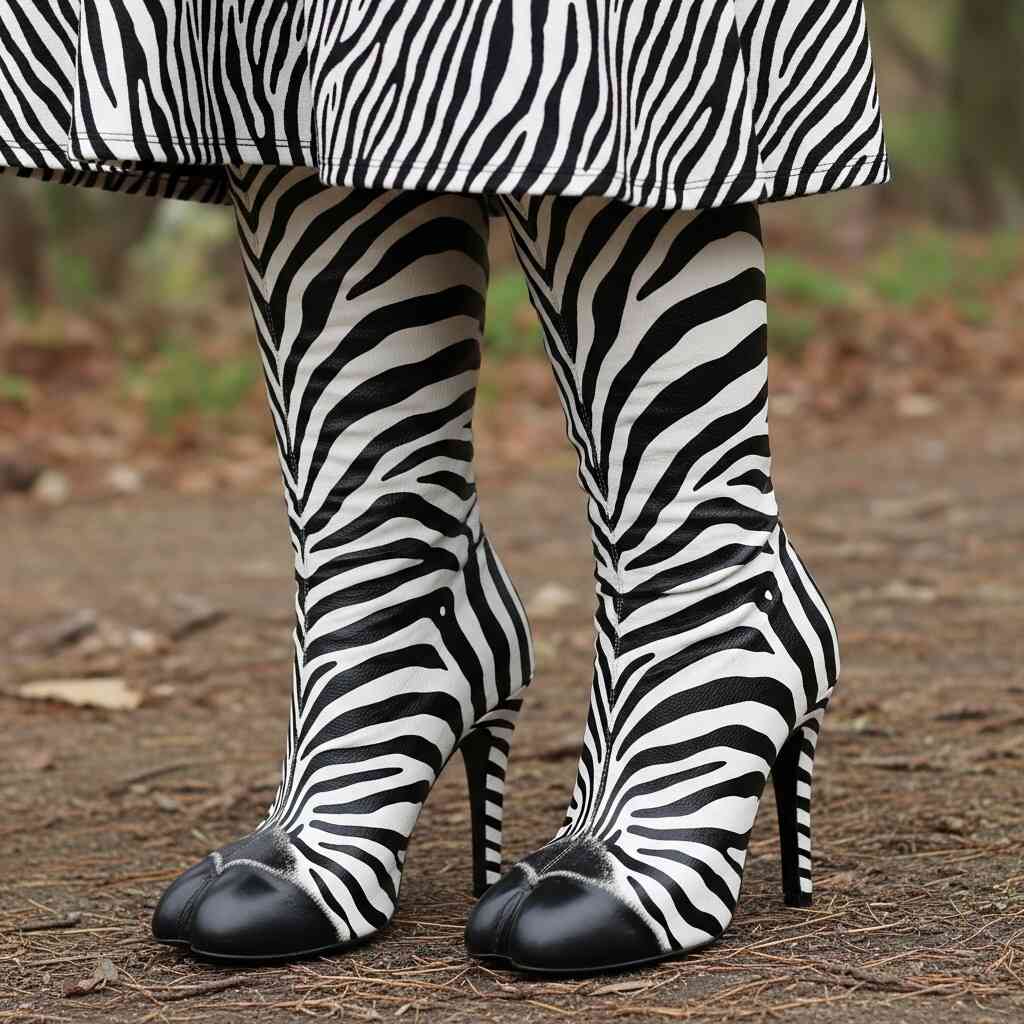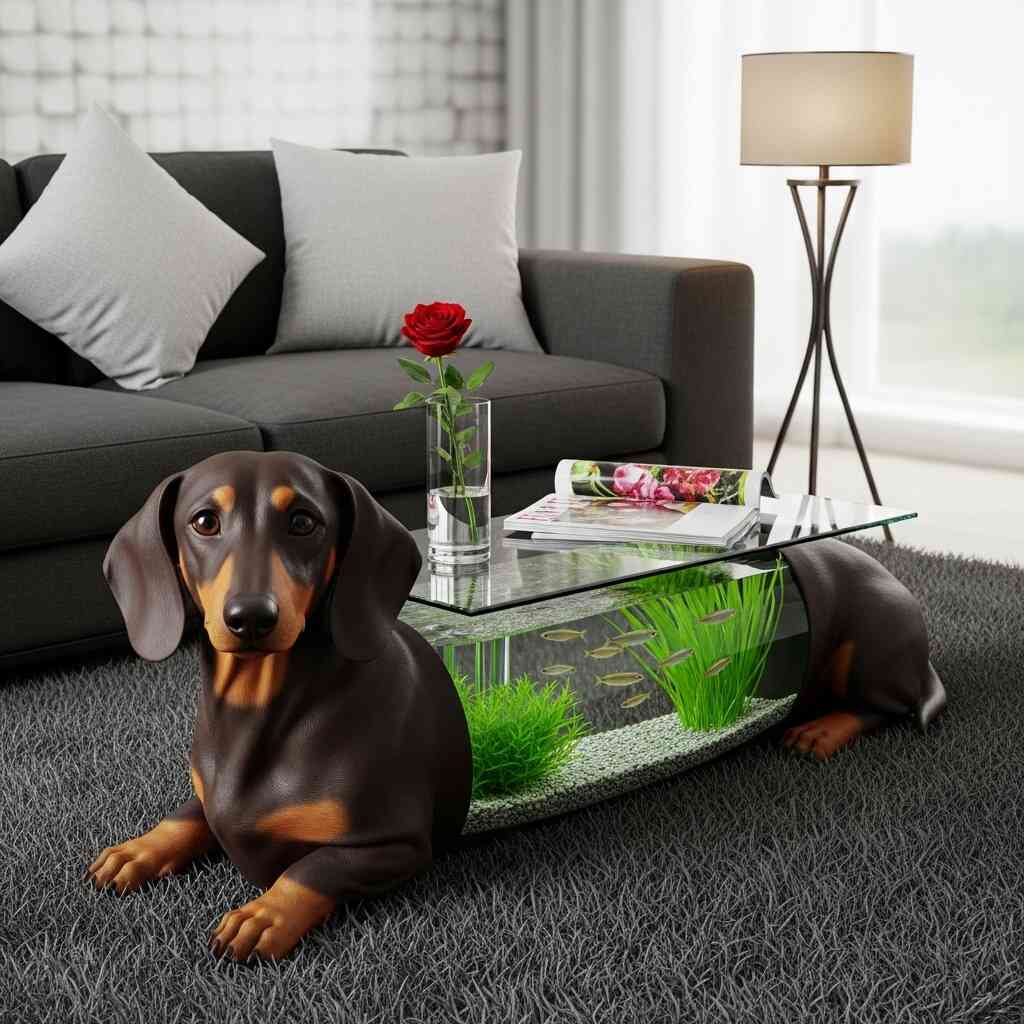In the world of gardening and lawn care, innovation often emerges from unexpected places. From ergonomic tools to smart irrigation systems, the evolution of outdoor maintenance has been driven by a blend of necessity, creativity, and sometimes, sheer whimsy. One particularly surprising source of inspiration in recent years is the humble rubber ducky — a classic bath-time toy known for its cheerful design and buoyancy. While it may seem implausible that such a playful object could influence serious horticultural technology, the emergence of what has come to be known as “rubber ducky lawn mowers” tells a compelling story of how imagination can spark practical advancement.
The term “rubber ducky lawn mowers” does not refer to literal lawnmowers shaped like rubber ducks (though such novelty items do exist), but rather to a new generation of lightweight, eco-friendly, and user-centric lawn care devices that share certain qualities with the beloved toy — namely, their buoyant ease of use, non-threatening appearance, and surprising durability. These machines are designed to be more accessible, quieter, and less intimidating than traditional gas-powered or even electric models, making them especially appealing to a broader demographic of gardeners.
This article explores how the concept of the rubber ducky — simple, joyful, and functional — has influenced real-world innovations in lawn mower design. We will delve into the origins of this phenomenon, examine the technological and ergonomic advancements inspired by it, and consider the cultural implications of merging playfulness with utility in modern gardening practices. By the end, we hope to illustrate how something as seemingly trivial as a rubber duck can become a catalyst for meaningful change in the way we approach outdoor maintenance.
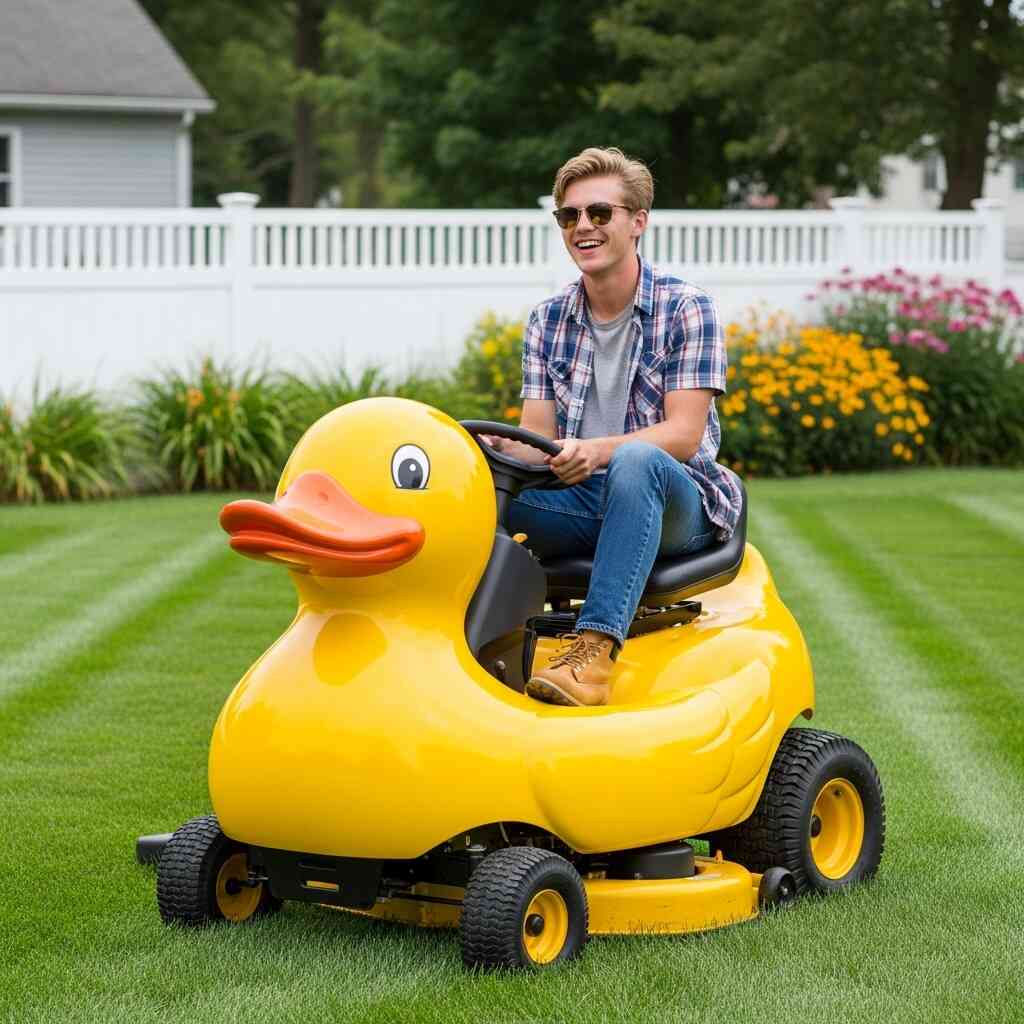
Part I: The Origins of the Rubber Ducky Influence
A Playful Beginning
To understand how a toy ended up inspiring a new wave of lawn mowers, one must first appreciate the symbolic power of the rubber ducky itself. For generations, rubber ducks have been associated with innocence, simplicity, and joy. Their bright yellow color, soft texture, and floating ability make them a favorite among children and adults alike. But beyond their role in childhood baths, rubber ducks have also become cultural icons — appearing in art, music, film, and even scientific studies about buoyancy and fluid dynamics.
Perhaps most famously, Dutch artist Florentijn Hofman created a giant rubber duck sculpture that traveled the world, delighting crowds in cities from Hong Kong to Pittsburgh. This massive inflatable duck was not only a visual spectacle but also a commentary on globalization, consumerism, and the universal appeal of simple pleasures. It was during this time — when the rubber duck re-entered mainstream consciousness — that designers and engineers began to take note of its symbolic resonance.
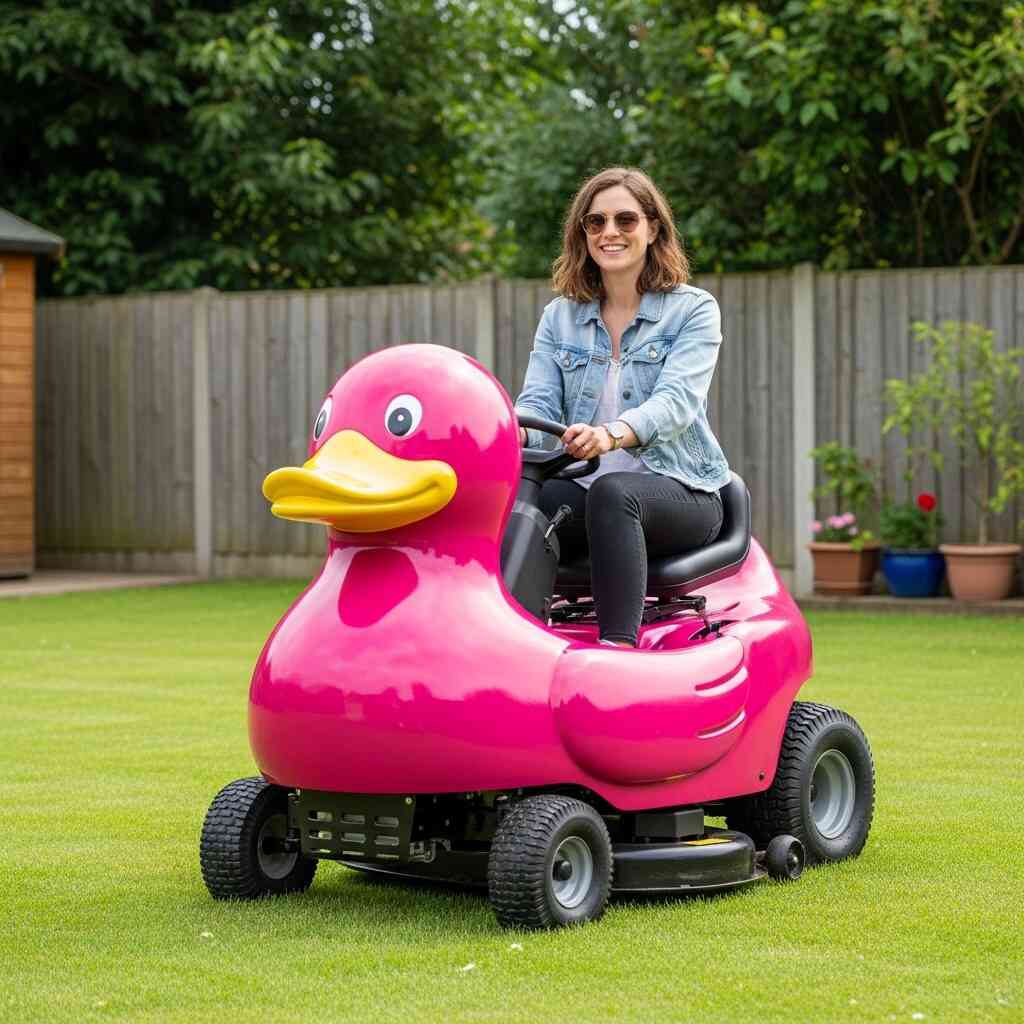
From Art to Application
Around the same period, the lawn care industry was undergoing a quiet revolution. Concerns over noise pollution, carbon emissions, and physical strain were prompting manufacturers to rethink the traditional lawn mower. Consumers were demanding lighter, quieter, and more environmentally friendly alternatives. At the same time, there was a growing interest in human-centered design — products that prioritized user experience, accessibility, and emotional well-being.
It was in this context that the idea of a “rubber ducky” lawn mower took root — not literally, but metaphorically. Designers began to explore how the characteristics of the rubber duck — its rounded shape, gentle demeanor, and buoyant energy — could translate into more inviting and intuitive lawn equipment. The goal was not just to build a better mower, but to create an entirely new relationship between people and their gardens.
This shift marked the beginning of a movement toward lawn care tools that were not only efficient but also emotionally resonant. The rubber ducky became a symbol of this transformation — representing a departure from the industrial, aggressive aesthetics of older machinery and embracing a softer, more inclusive vision of outdoor maintenance.
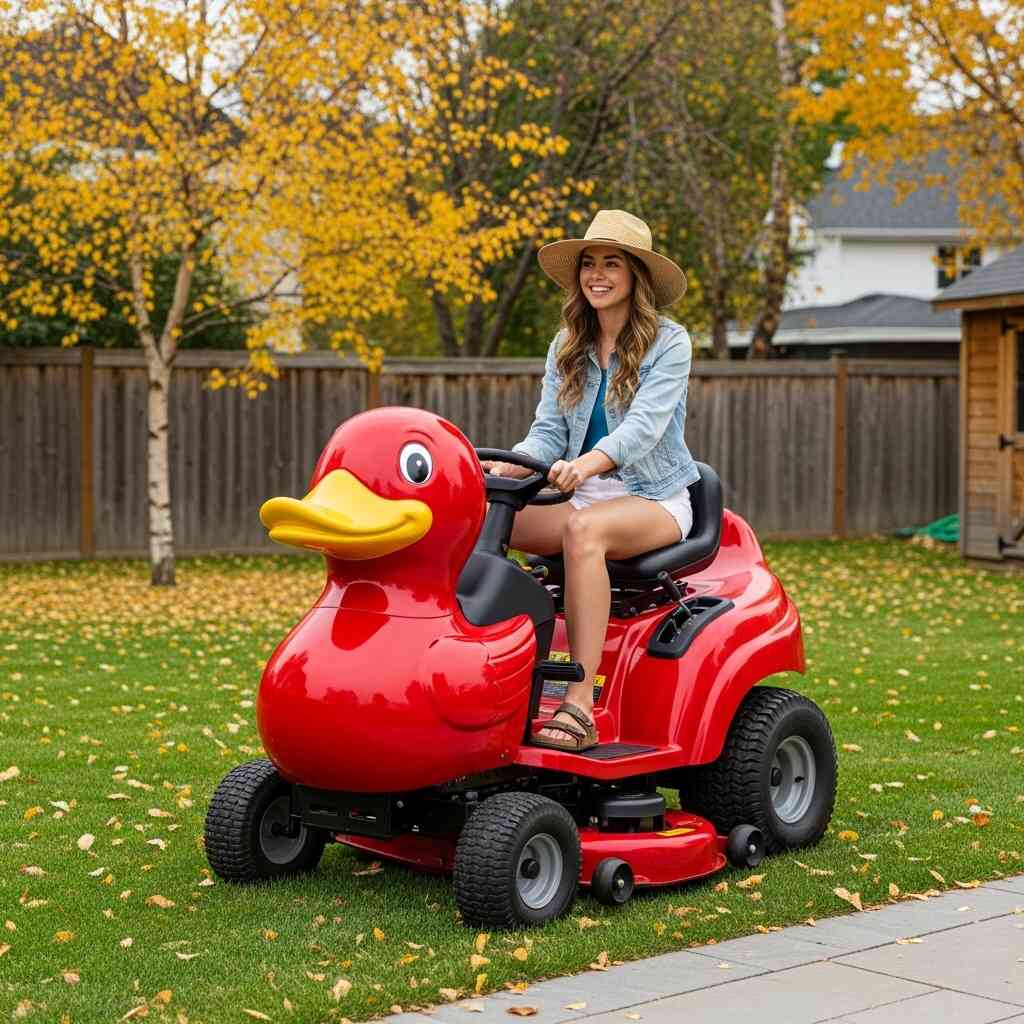
Part II: The Technological Evolution of Rubber Ducky Lawn Mowers
Embracing Lightweight Materials
One of the most significant ways in which the rubber ducky inspired innovation was through the adoption of lightweight materials. Traditional lawn mowers, especially gas-powered ones, tend to be heavy, cumbersome, and difficult to maneuver. They require considerable physical effort to push, tilt, or lift — a challenge for many users, particularly older adults or those with limited strength.
Inspired by the buoyancy of a rubber duck, designers began experimenting with composite plastics, aluminum alloys, and other lightweight yet durable materials. These materials allowed for the creation of mowers that were easier to handle without sacrificing performance. Just as a rubber duck floats effortlessly on water, these new mowers seemed to glide across the lawn, reducing the effort required to maintain a tidy yard.
Moreover, the reduced weight made storage and transportation far more convenient. Users no longer had to struggle with bulky machines that took up valuable garage space or required assistance to move. This emphasis on portability and ease of use mirrored the rubber duck’s own effortless presence in a bathtub — always ready, never imposing.

Ergonomic Redesign
Another key area of innovation was ergonomics. Traditional mowers often featured rigid handles, sharp angles, and uncomfortable grips — all of which contributed to fatigue and discomfort. Rubber ducky-inspired mowers, by contrast, adopted curved, contoured designs that mimicked the smooth lines of the toy. Handles were padded, adjustable, and designed to fit naturally in the hands, much like the soft curves of a rubber duck cradled in a child’s palm.
These ergonomic improvements extended to the overall structure of the mower. Rounded edges replaced sharp corners, creating a more inviting silhouette. The visual language of the rubber duck — friendly, approachable, and non-threatening — helped break down the psychological barrier some people felt toward lawn maintenance. No longer did a lawnmower feel like a daunting piece of machinery; instead, it appeared almost playful, encouraging regular use and fostering a sense of connection between the user and the tool.
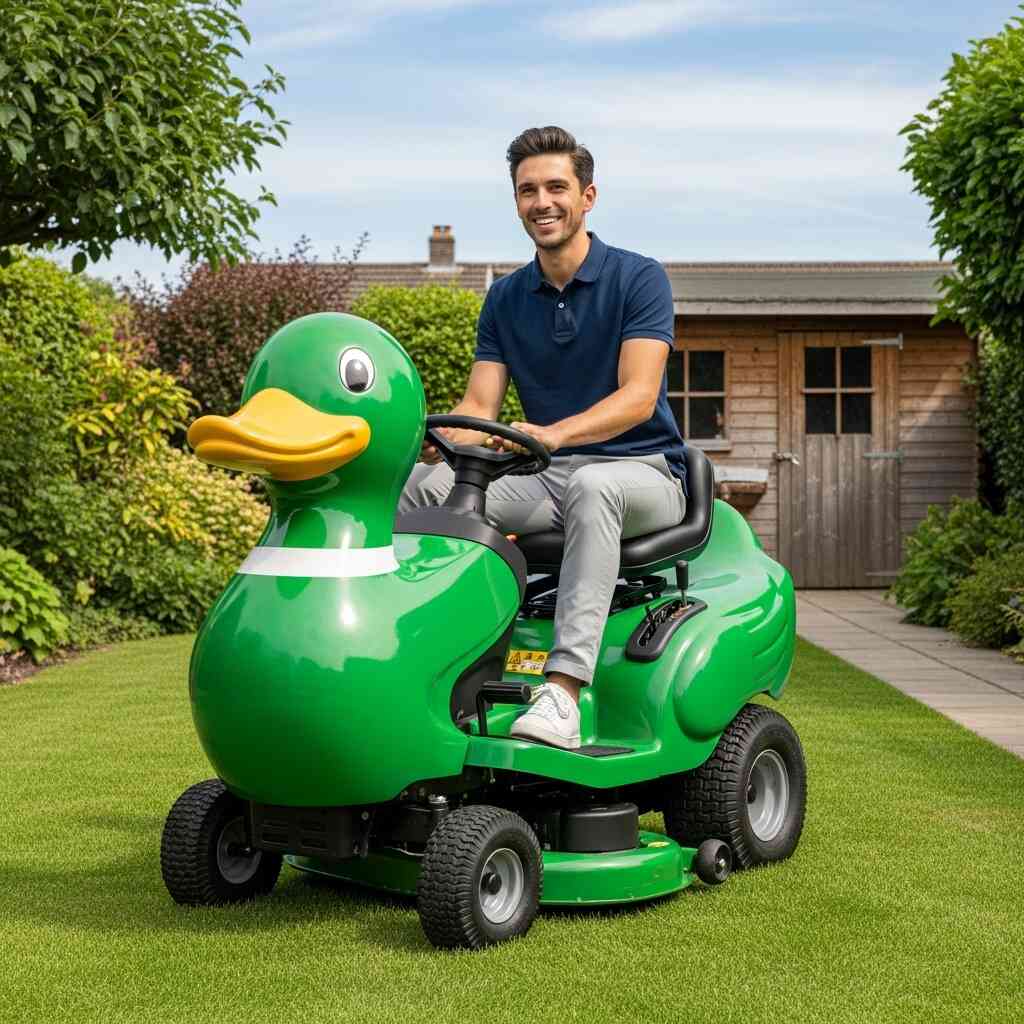
Quiet Operation
Noise pollution has long been a concern in residential areas, particularly with gas-powered mowers emitting loud, disruptive sounds. The rubber ducky ethos — calm, gentle, and unobtrusive — provided a guiding principle for addressing this issue. As a result, newer models of rubber ducky-inspired mowers incorporated electric motors, improved blade designs, and sound-dampening materials to reduce operational noise.
These quieter machines allowed users to mow at any time of day without disturbing neighbors, promoting a more harmonious living environment. The reduction in noise also contributed to a more pleasant user experience, transforming what was once a stressful chore into a relaxing activity. In this way, the rubber ducky’s calming presence found a parallel in the serene hum of a modern, eco-conscious mower.
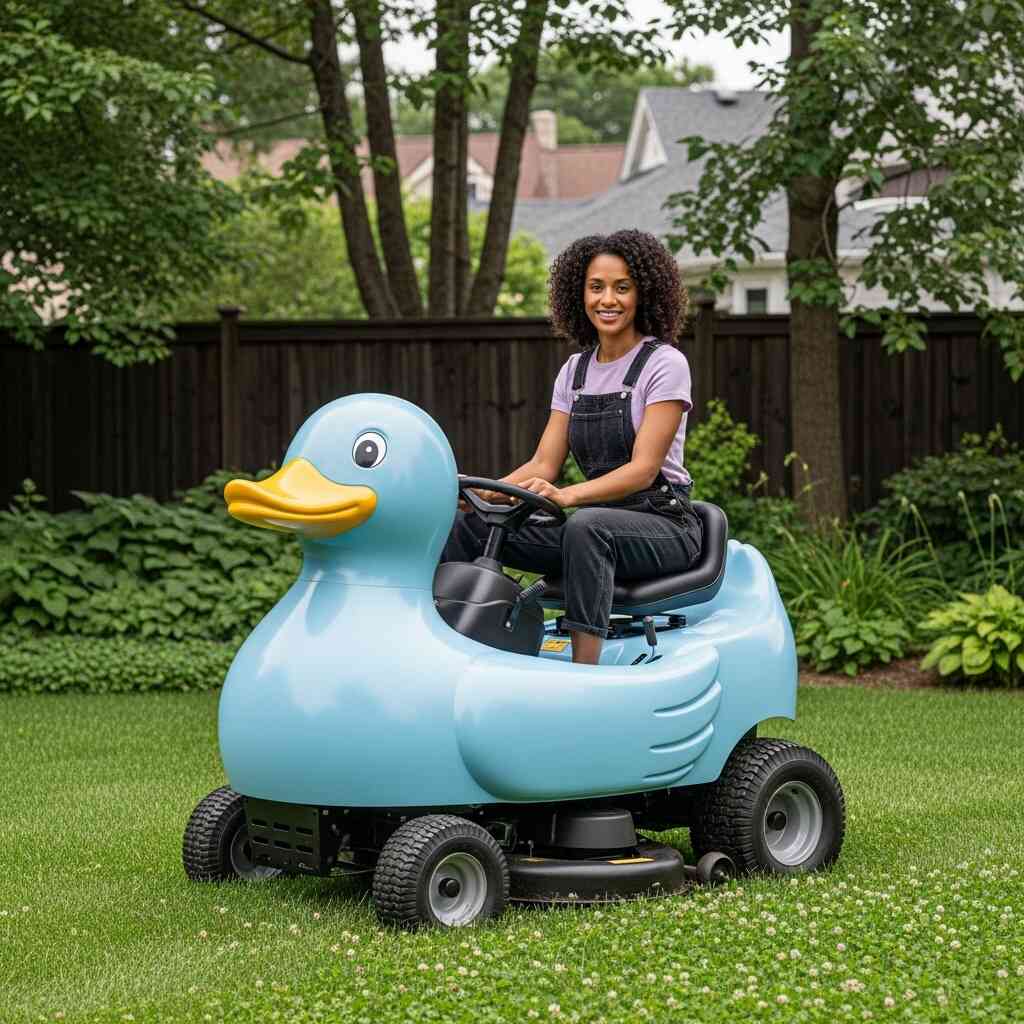
Eco-Friendly Engineering
Environmental concerns played a major role in shaping the direction of rubber ducky-inspired lawn mowers. As awareness of climate change and sustainability grew, so too did the demand for greener alternatives to traditional gas-powered equipment. Rubber ducky mowers embraced this trend by incorporating electric and battery-powered technologies, eliminating harmful emissions and reducing reliance on fossil fuels.
Additionally, the use of recyclable materials and modular designs allowed for easier repairs and longer product lifespans, further minimizing environmental impact. Some models even included solar charging capabilities or biodegradable components, reinforcing the commitment to ecological responsibility.
This shift toward sustainability echoed the rubber duck’s own history as a reusable, non-disposable item — a toy passed down through generations, valued for its durability and simplicity. By aligning with these principles, rubber ducky lawn mowers positioned themselves as responsible, forward-thinking tools for the modern gardener.
Smart Integration and User Feedback
In line with broader trends in home automation, rubber ducky-inspired mowers also began integrating smart technologies. Features such as mobile app control, automated scheduling, and real-time diagnostics allowed users to monitor and manage their lawn care with greater precision. These innovations reflected the rubber duck’s adaptability — a toy that could float, bob, and respond to movement now had a mechanical counterpart capable of responding to digital commands.
Some models even included voice recognition and AI-driven maintenance suggestions, adapting to the specific needs of each lawn. This level of customization ensured that every user could tailor their mowing experience to their preferences, much like how a child might personalize their rubber duck with stickers or accessories.
By combining intuitive design with cutting-edge technology, rubber ducky mowers demonstrated that efficiency and enjoyment could coexist. They were not merely tools for cutting grass — they were companions in the garden, designed to enhance the user’s interaction with nature.

Part III: Cultural Impact and Future Possibilities
Changing Perceptions of Lawn Care
Perhaps the most profound impact of rubber ducky lawn mowers has been the shift in how society views lawn care itself. No longer seen solely as a labor-intensive task, maintaining a lawn has begun to take on elements of mindfulness, self-expression, and even joy. The aesthetic and functional qualities of these mowers have encouraged a more holistic approach to gardening — one that values both the process and the outcome.
This change in perception has also opened the door for a wider range of participants. Women, younger individuals, and those who may have previously felt excluded from the world of lawn maintenance have found a welcoming entry point through these redesigned tools. The rubber ducky-inspired mowers have helped democratize gardening, making it more inclusive and less gendered or age-restricted.
Furthermore, the playful imagery associated with the rubber ducky has fostered a sense of community among users. Online forums, social media groups, and local gardening clubs have embraced the theme, organizing events and sharing tips under the banner of rubber ducky lawn care. This growing subculture reflects a broader desire to reconnect with nature in a way that feels personal, sustainable, and fun.
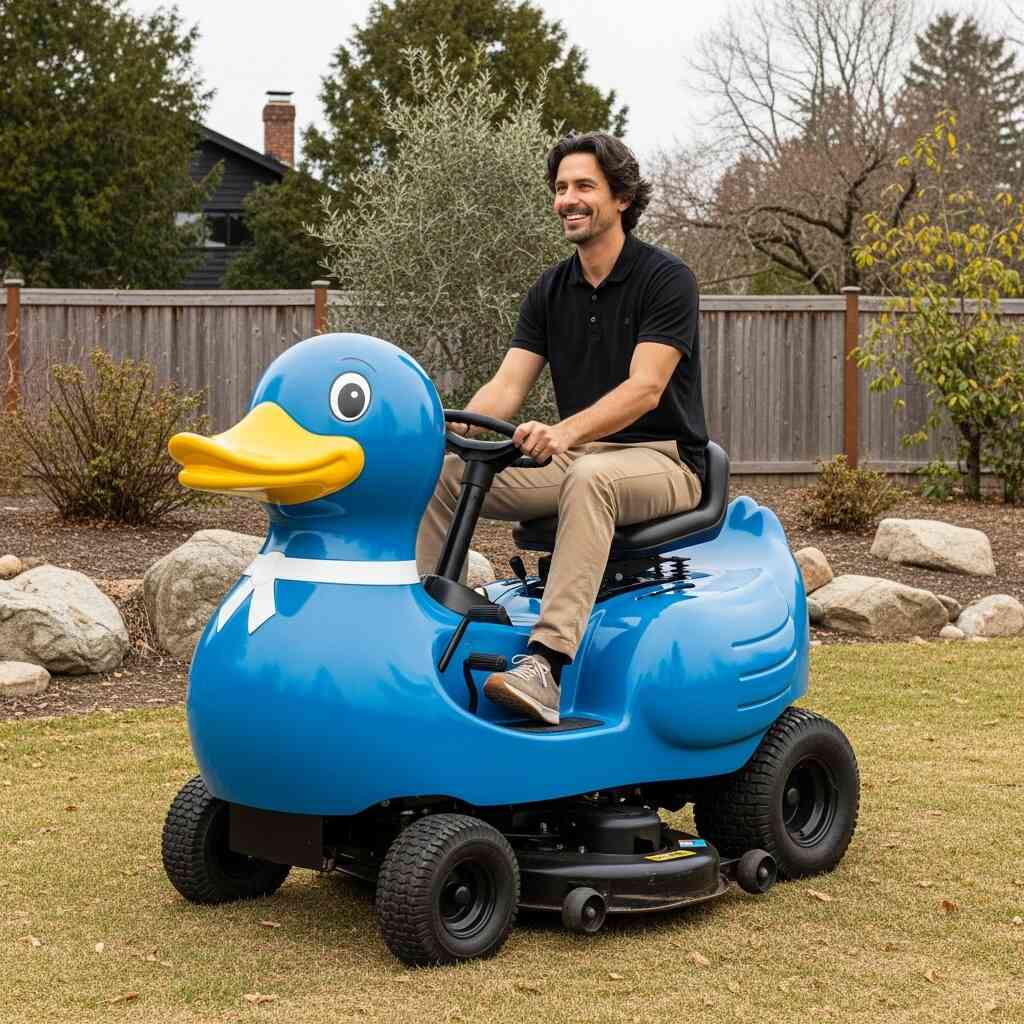
Educational Opportunities
Beyond individual use, rubber ducky lawn mowers have also found a place in educational settings. Schools and community programs have begun using them as teaching tools to introduce young people to concepts of ecology, engineering, and environmental stewardship. Their approachable design makes them ideal for hands-on learning, allowing students to engage with science and technology in a tangible, interactive way.
For instance, some educators have used these mowers to demonstrate principles of physics — such as motion, friction, and energy conversion — in real-world contexts. Others have focused on sustainability, using the mowers as examples of green technology and responsible resource use. In this way, the rubber ducky has transcended its original purpose, becoming a symbol of curiosity, innovation, and lifelong learning.
Potential for Further Innovation
As with any successful design philosophy, the rubber ducky ethos offers ample room for future development. Already, researchers and designers are exploring ways to expand its influence beyond lawn mowers into other areas of gardening and outdoor living. Concepts for rubber ducky-inspired trimmers, leaf blowers, and even robotic garden assistants are currently in early stages of development.
There is also potential for cross-disciplinary collaboration. Artists, engineers, and environmental scientists are working together to reimagine outdoor tools in ways that combine beauty, function, and ecological sensitivity. The rubber ducky serves as a reminder that even the most utilitarian objects can carry emotional and symbolic meaning — and that thoughtful design can transform everyday tasks into moments of wonder.
Looking ahead, it is possible that entire landscapes will be reshaped by this philosophy. Urban planners and landscape architects are considering how rubber ducky-inspired design principles might influence public parks, community gardens, and green spaces. The goal would be to create environments that are not only functional but also joyful — places where people feel invited to interact with nature in meaningful ways.
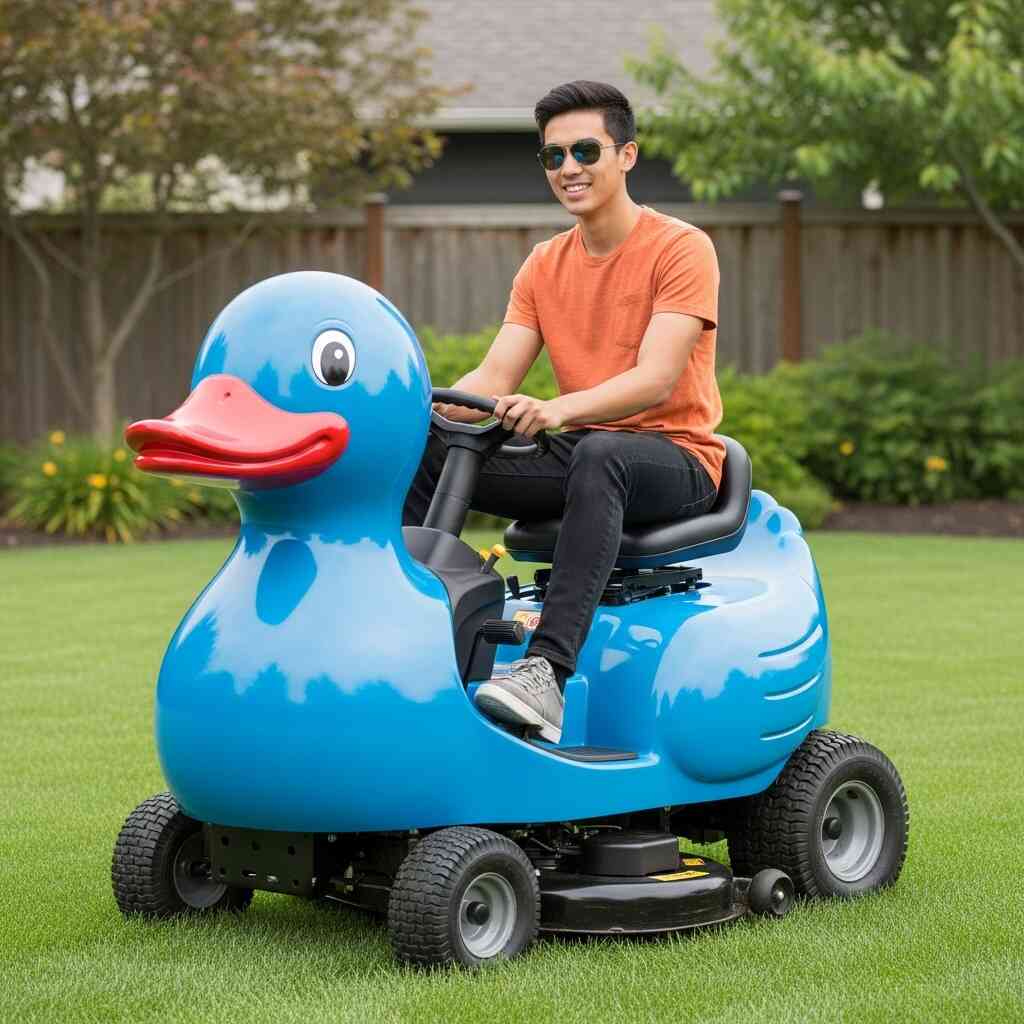
Conclusion
The journey of the rubber ducky from a simple bath toy to a symbol of gardening innovation is a testament to the power of creative thinking. What began as a lighthearted reference has evolved into a meaningful movement — one that challenges conventional notions of utility, aesthetics, and environmental responsibility. Rubber ducky lawn mowers represent more than just a new type of tool; they embody a shift in mindset — one that embraces simplicity, inclusivity, and joy in the act of caring for the earth.
Through their lightweight construction, ergonomic design, quiet operation, and eco-friendly engineering, these mowers have redefined what it means to maintain a lawn. They have brought comfort and accessibility to a traditionally strenuous task, while also fostering a deeper connection between people and their surroundings. And perhaps most importantly, they have reminded us that even the most mundane aspects of life can be transformed by a touch of imagination.
As we look to the future, the rubber ducky continues to inspire — not only in the realm of lawn care but in the broader pursuit of sustainable, human-centered design. Whether in our backyards or in the collective imagination, its influence is a gentle nudge toward a greener, kinder, and more playful world. In the end, the rubber ducky teaches us that sometimes, the simplest ideas can lead to the most profound changes — and that a little bit of whimsy can go a long way in shaping the future of innovation.

